Scientists achieve threefold speed boost for DNA nanomotors and applied them to breakthrough virus detection for SARS-CoV-2 and RSV tests.
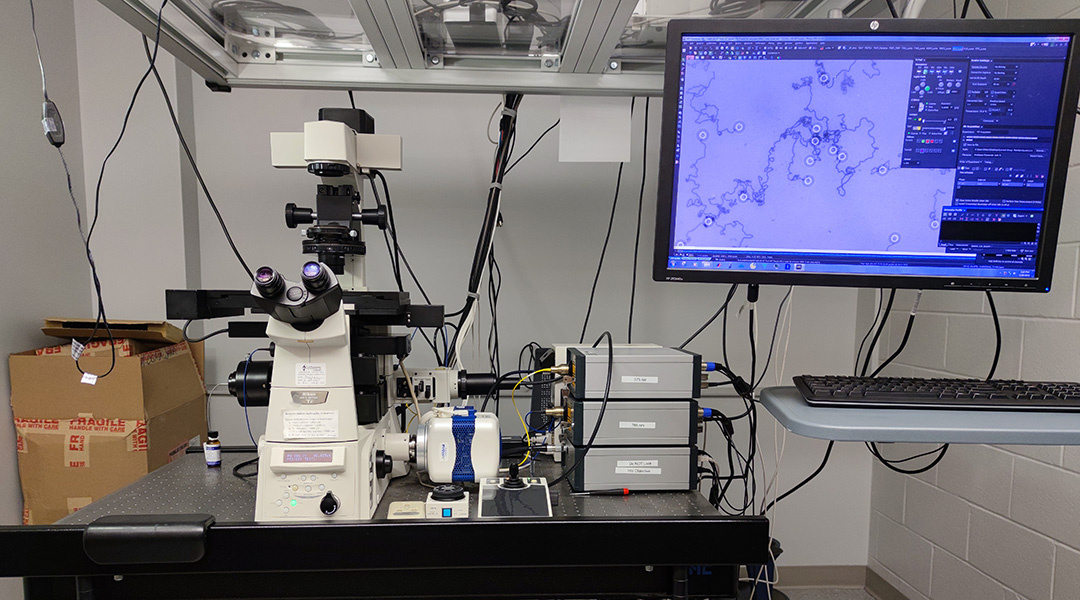

Scientists achieve threefold speed boost for DNA nanomotors and applied them to breakthrough virus detection for SARS-CoV-2 and RSV tests.

A genetically engineered strain of yeast is reducing the amount of carbon dioxide produced during the production of ethanol biofuels.

New research lays out the future of a pioneering form of electromagnetic imaging.
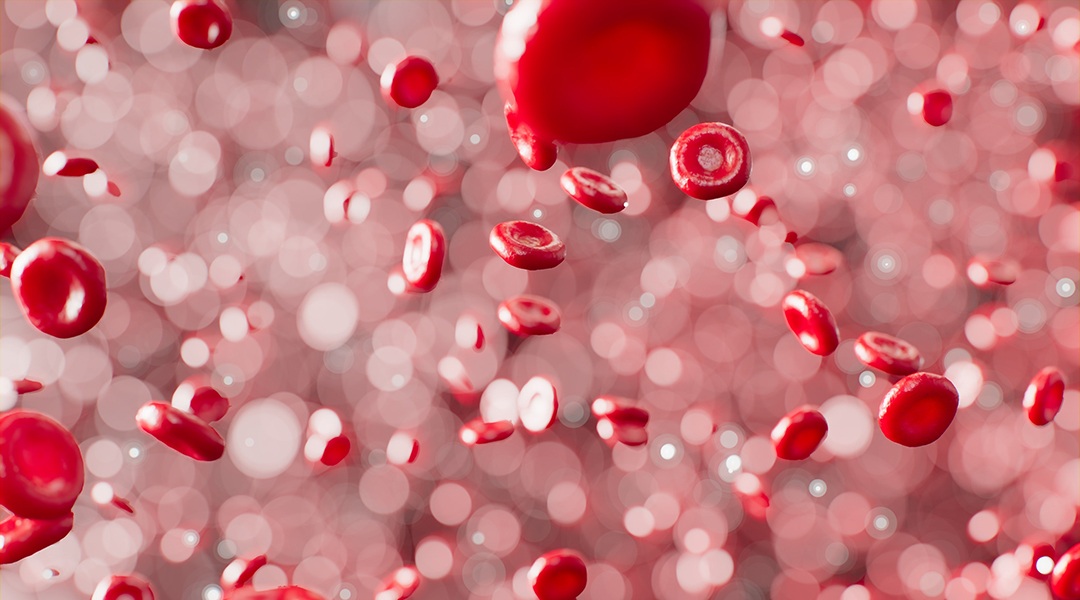
In a world first, UK authorities grant regulatory approval for a CRISPR gene therapy targeting sickle cell disease and β-thalassemia.

Click chemistry spins bacterial-produced spider silk into a biomedical marvel, promising innovations in fiber optics, wound healing, and tissue regeneration.
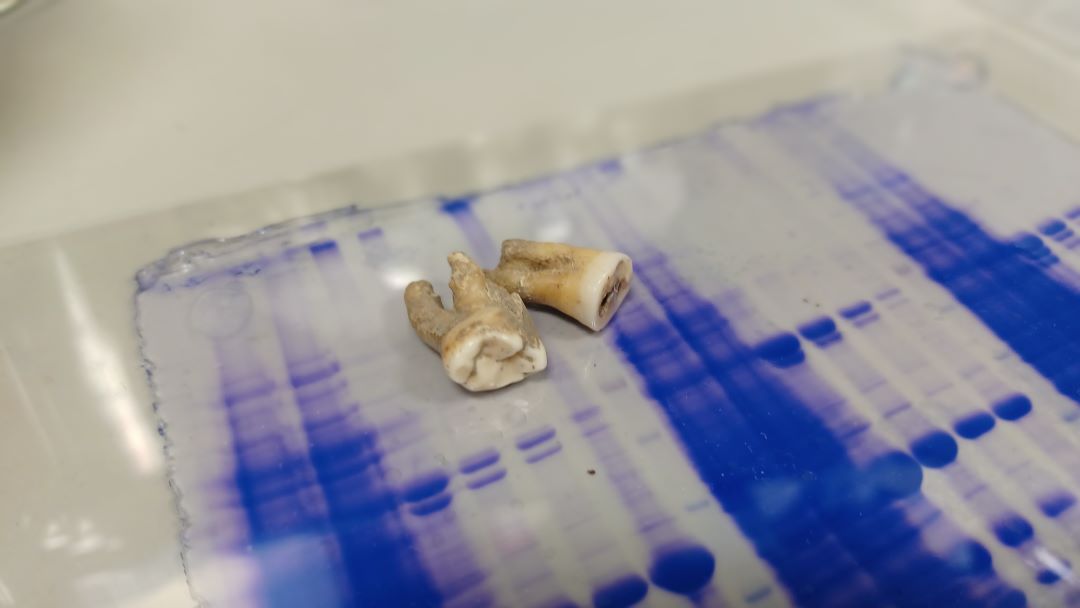
Research teams from the UK have isolated antibodies preserved for 800 years in ancient teeth and found they are still able to bind viruses that infect humans today.

Called chronotherapy, scientists believe that a whole field of medicine with the potential for more effective treatment could potentially lie at our fingertips.
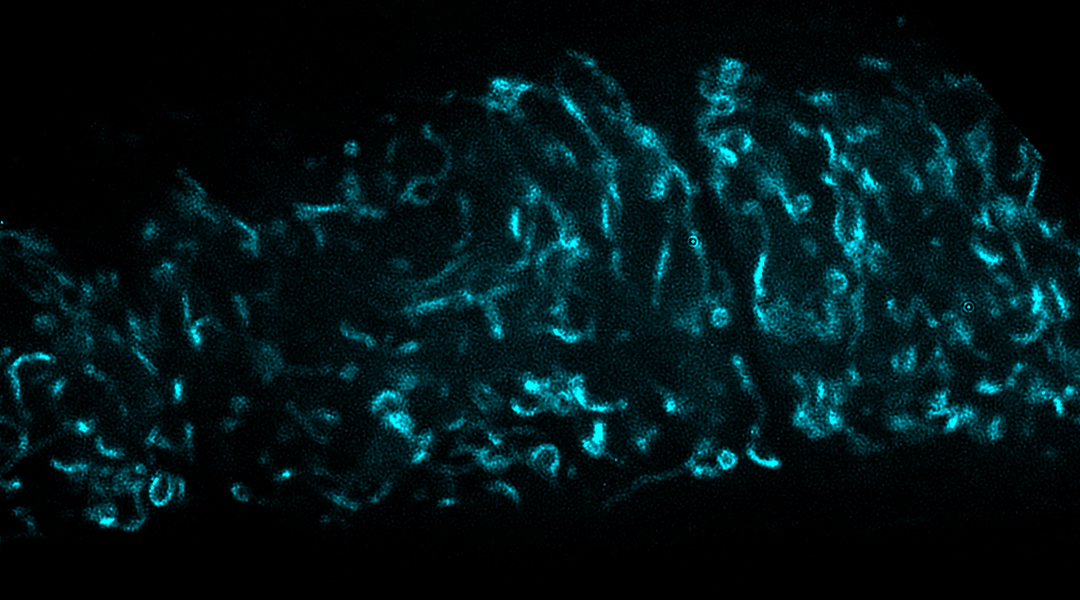
New study reveals the crucial role of mitochondria in female reproductive aging, offering potential insights into improving fertility preservation and IVF outcomes.
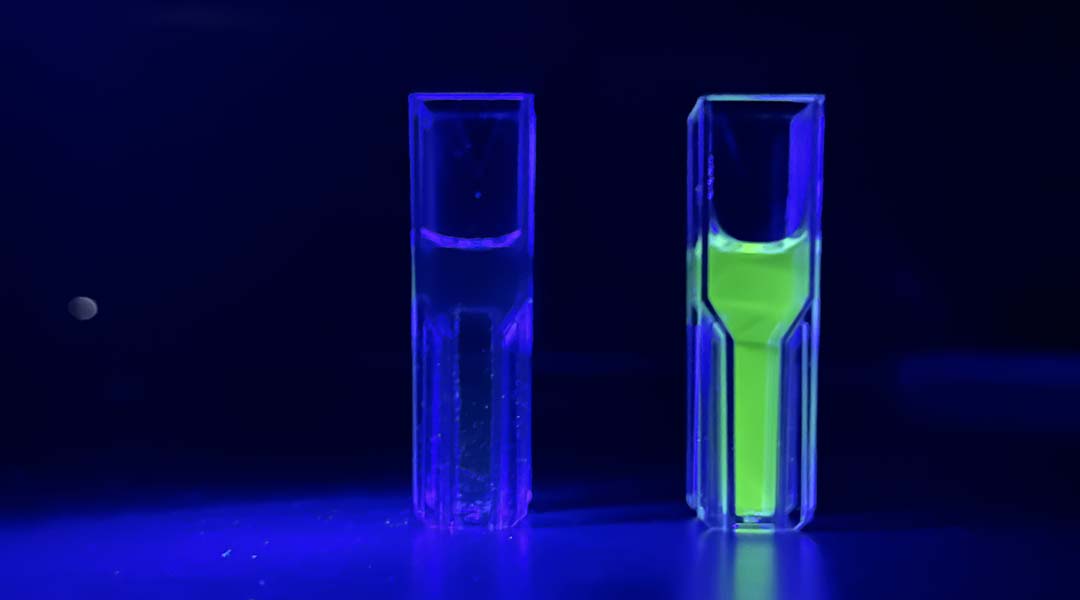
Analyzing biomolecules found in the breath, scientists can detect early signs of deadly blood clots found in diseases like COVID-19, heart disease, sepsis, and more.
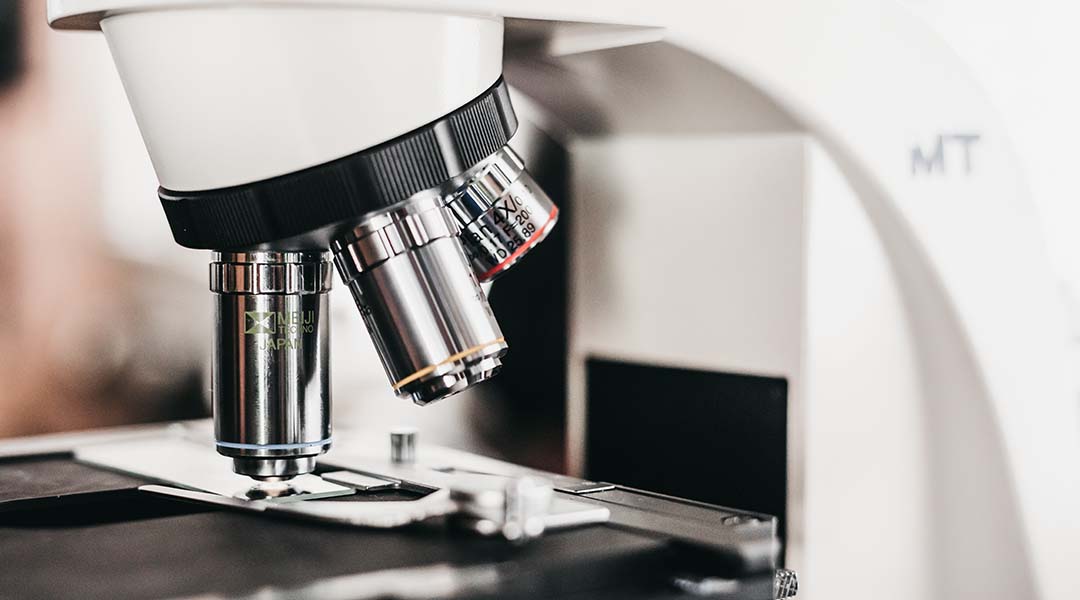
A modification to conventional microscopes pushes the limits of their resolution and enables high-precision observation of difficult-to-observe pathogens.